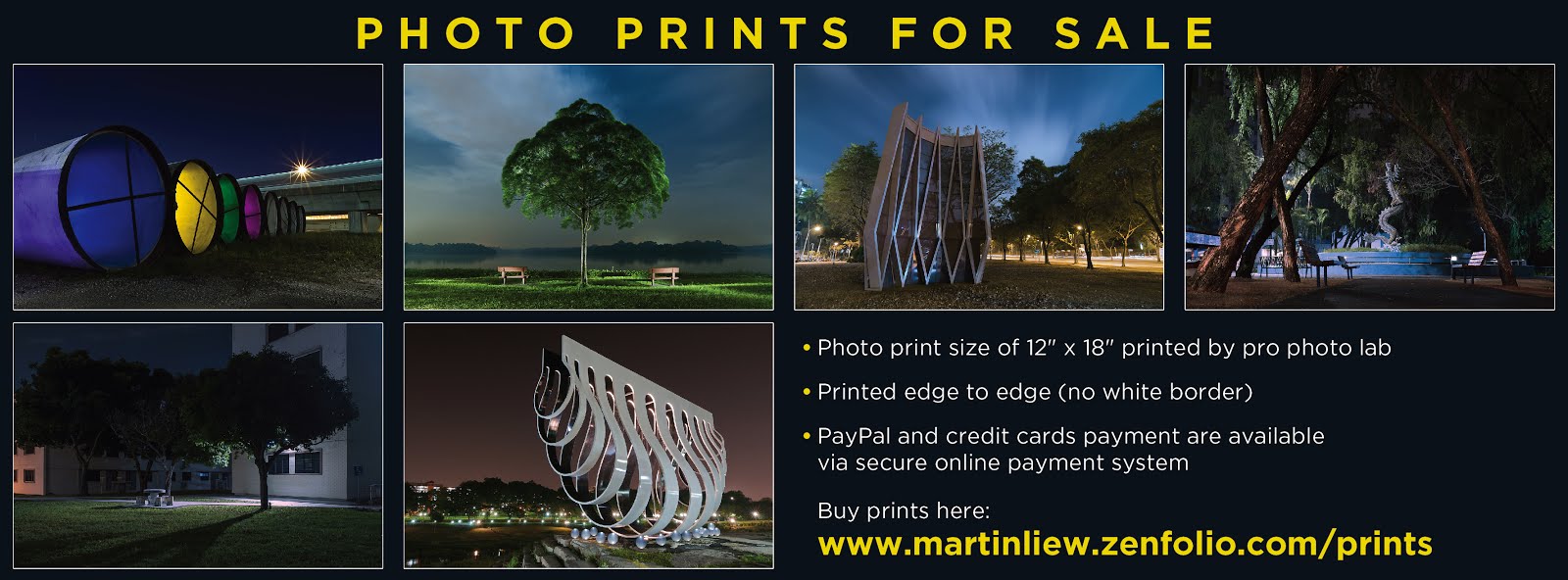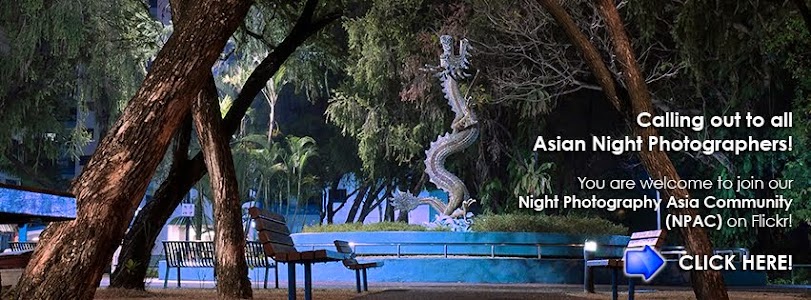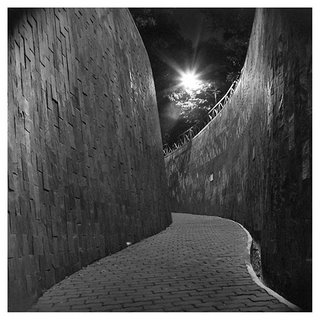The SHANGHAI GENERAL Camera Factory is located in Song Jiang County, about 50 kilometers from Shanghai itself. This factory was formed in 1978, when the Shanghai Camera Factories numbers 1, 2, and 5 moved out from the city to the countryside location. The factory has 130,000 square meters of manufacturing area, with a like amount of space as housing for a portion of its workers. Those who don't live at the factory ride one hour each way on a company-provided bus.
One of the most interesting cameras made at this factory is the Red Flag 20, a copy of the Leica M4. It was made on the orders of Chiang Ching, the last wife of Mao Tze Dong. During the Chinese Cultural Revolution of the late 1960s and early 1970s (officially 1966-76, also known as the 'ten years of unrest', in Chinese). At that time, Chinese firms were trying to show the outside world that they could produce first-class quality goods. Camera factories were no exception.
The Shanghai Camera Factory's line of twin-lens reflexes began in 1959, at about the same time as the 58-II camera was being produced. Called the 58-III in the early stages of development, it was marketed as Shanghai. Based on the Rolleiflex, it even has some parts that are interchangeable.
The Shanghai TLR has an f/2.8, 75mm viewing lens labeled only with the company logo and a serial number. The taking lens is an f/3.5, 75mm labeled with the Shanghai logo, and a completely different serial number from the viewing lens. It also has some other markings on it. The series S13-111-1 is in front of the serial number. The camera serial number is located on top of the body casting, just above the nameplate. All Shanghai TLR's numbers begin with 63XXXXX.
In 1964, when it was decided to enter the export market, the Seagull name was chosen as the registered trademark of the Shanghai Camera Factory, and all cameras then in production had their names changed to reflect this.
Therefore the Shanghai TLR became the Seagull-4 TLR. No physical changes were made in the camera, only the names are different. A new serial number configuration was also used, serial numbers for the Seagull-4 now began 4-63XXXXX to indicate the model.
Since both the Shanghai TLR and the Seagull-4 have automatic film advance, (though the shutter isn't connected, and must be reset manually), they lack the ruby windows found on most Chinese 120 cameras. The frame number appears in the center of a window in the film advance knob. Later, a film advance crank was added and the model designation changed to 4A. The depth of field scale for both the Shanghai and Seagull-4 is found in a clear window in the focusing knob. The latest version of these cameras is called the 4A-103. It incorporates a single action focusing hood. A 4A-1 with an old-style focusing hood, a fresnel focusing screen, and a four-element three-group taking lens instead of a three-element three-group Cooke-type lens used on all other Seagull TLRs was produced. It was made for the upscale market and had limited success.
The 4B camera was designed, on the other hand, to sell on the down-scale market. It uses ruby windows and the three-element Cooke-type lens of the 4A. The good part of this is that with two ruby windows, you can choose between 6 x 6cm, or 6 x 4.5cm negative format. The 4B comes with a slip-in metal mask for the 6 x 4.5cm negative size. The 4B-1 has two ruby windows, and the same three-element lens as the 4A-103 and 4B, but comes with an accessory hot-shoe and fresnel focusing screen. All these TLRs have in common a manually set between-the-lens shutter with speeds of 1 to 1/300 second and bulb.
The chart below shows 9 Seagull TLR models.











